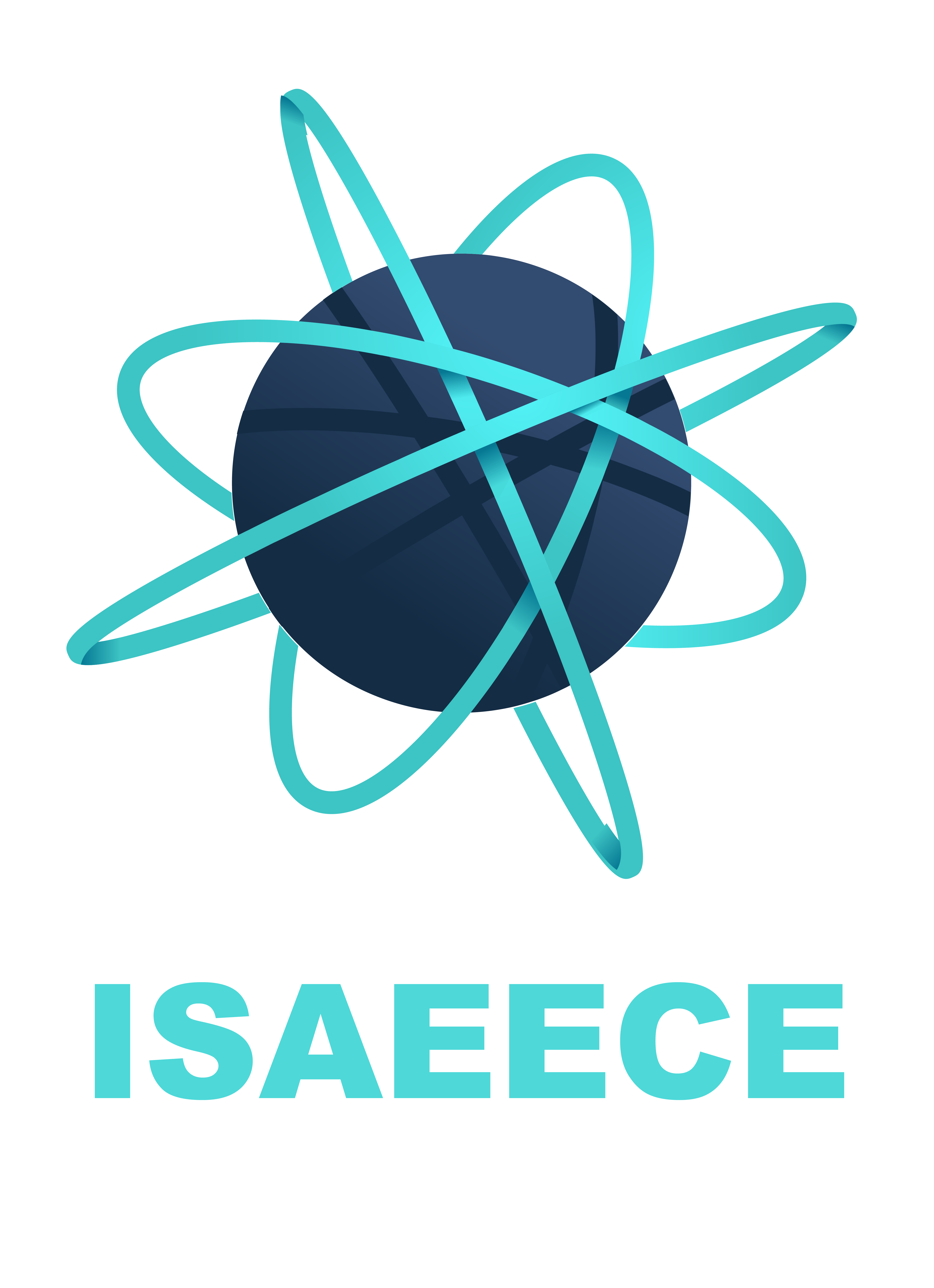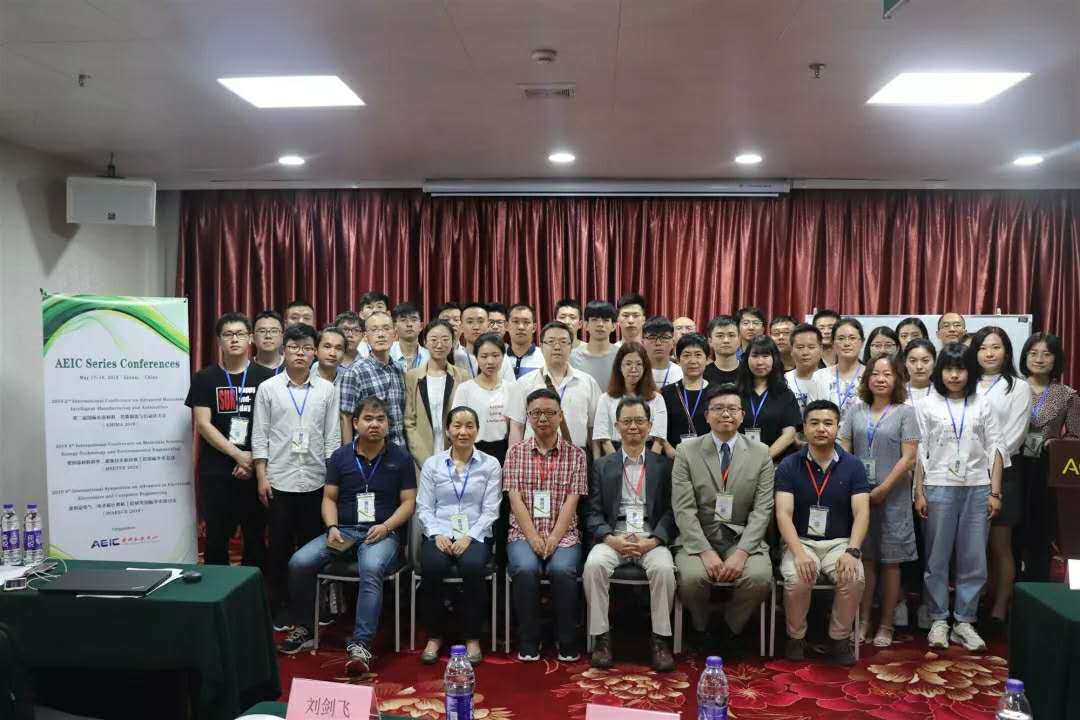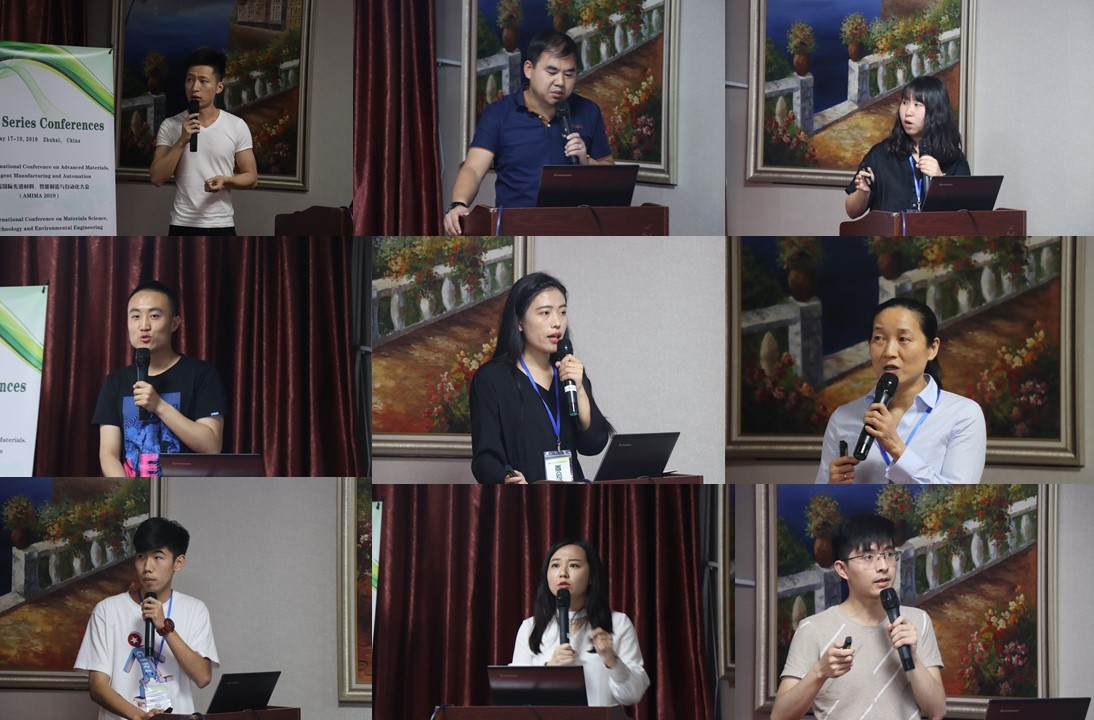
ISAEECE 2019
The 2019 4th International Symposium on Advances in Electrical, Electronics and Computer Engineering (ISAEECE 2019) was successfully taken place on May 17-19, 2019 in Zhuhai, China. All accepted full papers were published in IOP Conference Series: Materials Science and Engineering (MSE)(ISSN: 1757-8981) and were submitted to Ei Compendex, Scopus and CPCI for indexing.
*ISAEECE 2019: EI Compendex Indexing Scopus Indexing
Group Photo

Keynote Speakers
 |
| Prof. Yue-Min Wan(I-Shou University, Taiwan,China) |
Title: Atomic Stimulated and Spontaneous Electron Emissions in Nanopillar Transistors |
Speech Abstract: Artificial atom is a symmetric quantum dot transistor (QDT) which can exhibit ordering tunnels of electrons and show spatial distributions of electrons in s, p, d shells of natural atoms. Achieving such device implies the technological ability of controlling electron transport in mimicking the stimulated and pontaneous emissions of photons in real atoms via the well-known two-level transitions. In a previous experiment by Tarucha and Kouwenhoven et al., the ordering of total electron number N in the QDT is discovered. Two series are identified, the even N = 2, 6, and 12 claiming the full filling of electro s in the first, second, and third shells in a two-dimensional (2D) harmonic potential, and the mixture of even and odd series N = 4, 9, and 16 being half filling in the second, third and fourth shells to mimic the three-dimension (3D) spherically symmetric shells of 1s, 2s, 2p, 3s, 3p, etc., in atoms. These studies highlight the importance of Hund’s rule that prescribes an atom being most stable when the outer p, d, f shells are fully occupied and less stable when they are half occupied. Yet, a close examination reveals that these Ns only achieve inner s shell symmetry with △N = 2, as electrons are forced into circular motion by a magnetic induction B and a lack of consistent evidence for p shell symmetry with △N = 6. |
 |
| Assoc. Prof. Jianfei Liu ( Henan Polytechnic University, China) |
| Title: Separation and Application of Polycyclic Aromatic Hydrocarbons and Surfactant in the Soil-washing Solution |
| Speech Abstract: Surfactant enhanced aquifer remediation has been proposed as a promising remediation technology since it has relative high removal ratio while is cost-effective. While the use of a surfactant significantly improves the performance of remediation technologies, surfactant costs can also increase operation expenses by up to 50%. Separation of organic contaminants from surfactant solutions is necessary to reuse the surfactant solutions and to lessen the demand on waste disposal. The present study aims to investigate the performance of Activated carbon (AC) in the selective adsorption of polycyclic aromatic hydrocarbons (PAHs) from nonionic surfactants and to address the problems associated with multicomponent adsorption from surfactant solutions. The experiment results indicated that the adsorption data were fitted well with Langmuir isotherm model for both of PAHs and TX100. The adsorbed amount of TX100 has no significant change with the presence of PAHs. TX100 adsorption process could be assumed as the formation of a monolayer of adsorbate on the outer surface of adsorbent and no further adsorption thereafter. The Dubinin-Radushkevich isotherm model indicates PAH and TX100 adsorption process is a physical adsorption. Isotherm, thermodynamic, and kinetic attributes of PAH adsorption in the presence of the surfactant on AC were studied. Positive enthalpy showed that adsorption of PAH on AC was endothermic. The experimental data of both TX100 and PAH fitted the Langmuir isotherm model and the pseudo-second order kinetic model well. At the same TX100 concentration, the adsorbed fraction of PAH and selectivity increased with the decrease of the PAH concentration…… |
 |
| Assoc. Prof. Po Ting Lin, NTNU Mechatronic Engineering, Taiwan, China |
| Title: Precise Robot Control Under Various Load Conditions for Industry 4.0 Applications |
Speech Abstract: Recently, high-customization mass production has been the trend of manufacturing and automation lines in the development of Industry 4.0. Robots have been used to perform various kinds of automated missions, such as picking, placing, inspections, etc. Robots usually have good accuracy of repeatability but may not be accurate enough for absolute positioning. Therefore, engineers need to personally assign the robot motions instead of completely designing in computers. This research focuses on calibration of end effector absolute positioning under various load conditions. First, the errors of the end effector absolute positions were measured and modeled by the nonlinear Kriging method. The corrected control parameters for end effector absolute positioning under various load conditions could be estimated based on the established Kriging model. Experimental setup and the study of the results will be presented in this talk. |
 |
| Assoc. Prof. An Mao(Shandong Agricultural University) |
| Title: Bio-based Adhesives and No-formaldehyde Wood Composite Products |
| Speech Abstract: The use of formaldehyde-based adhesives is the main reason for the problem that formaldehyde releases from wood-based composite products during their uses. With the increasing enhancement of public environment awareness for home lives and the increasing requirement of environment grade for wood composite products, the custom home industry and no formaldehyde-added floors are developing rapidly, which led to the fast growth of consumption on bio-based adhesives. A few companies started to use bio-based adhesives derived from lignin, protein, starch, and other renewable resources to manufacture no formaldehyde wood products. This presentation introduced several types of bio-based (tannin, lignin, starch, soybean protein, and etc.) adhesives, such as their characteristics, synthesis, modification methods, and application status. The future developments were also discussed. |
Oral Speakers
